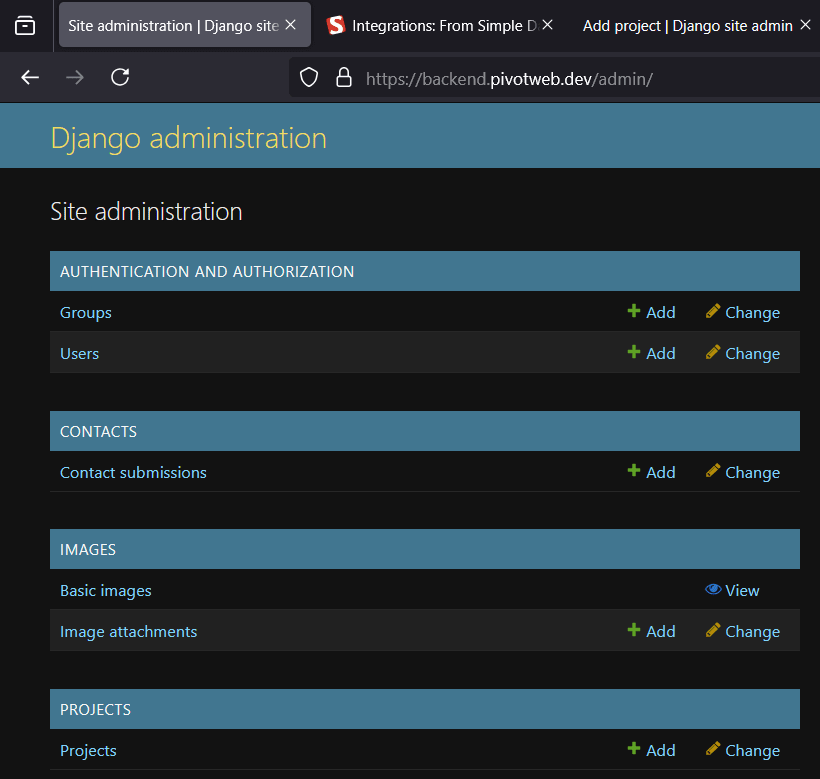Loading Breadcrumbs...

Does Your Business Need a CMS?
Or Is Your Website Stuck in the Chalkboard Era?
Picture this: you run a charming little coffee shop. Your menu is handwritten on a chalkboard, and it’s perfect for your small, steady stream of regulars. You update it once in a while—maybe swap out the soup of the day or add a new pastry—but for the most part, it stays the same. It’s simple, it’s quaint, and it works… for now.
But what happens when your business grows? When you start offering weekly specials, loyalty programs, or even online ordering? Suddenly, that chalkboard feels more like a relic than a tool. It’s static, inflexible, and frankly, a little outdated.
This is where a Content Management System (CMS) comes in. But not all CMS platforms are created equal. Let’s break it down.
The Chalkboard: Static Websites
A static website is like that trusty chalkboard. It’s simple, low-maintenance, and gets the job done if your needs are basic. You might update it a few times a year—change your hours, add a new photo, or tweak your contact info. But every time you want to make a change, you need to call in a developer (or dust off your own coding skills). It’s like hiring an artist every time you want to update your menu. Over time, those small costs add up.
Static websites are great for businesses that don’t need frequent updates. But if you’re looking to grow, you’ll quickly outgrow this model.
The Digital Menu Board: Basic CMS Platforms
Now, imagine upgrading to a digital menu board. You can update it yourself with a few clicks. New seasonal drink? Done. Special promotion? Easy. Platforms like Wix or WordPress are like the fast-food versions of CMS—they’re quick to set up, user-friendly, and perfect for small businesses dipping their toes into the digital world.
But here’s the thing: these platforms can feel bulky and cumbersome as your needs grow. They’re like ordering a latte and getting a cup full of foam—there’s a lot of fluff, but not much substance. Plus, they often come with hidden costs, plugin headaches, and performance issues. If you’re serious about scaling your business, you might find yourself outgrowing these platforms, too.
The Interactive Command Center: A Custom Django CMS
What if your digital menu board could do more than just display your offerings? What if it could also manage online orders, track customer loyalty points, and even give your employees access to schedules and inventory? That’s the power of a custom Django CMS with an admin portal.
Think of it as the high-tech command center of your coffee shop. It’s sleek, efficient, and tailored to your exact needs. With a Django CMS, you’re not just updating a menu—you’re building a dynamic, interactive experience for your customers and your team.
Here’s why a Django CMS stands out:
- Scalability: It grows with your business, whether you’re adding e-commerce, booking systems, or customer portals.
- Customization: Unlike one-size-fits-all platforms, a Django CMS is built specifically for your needs. No unnecessary bloat, no clunky plugins—just the features you need.
- Control: With an intuitive admin portal, you can make updates yourself without relying on developers. It’s like having a self-service espresso machine for your website.
Do You Need a CMS? Let’s Break It Down.
- Stick with a static website (the chalkboard) if your needs are simple and you rarely make updates. It’s cost-effective and low-maintenance.
- Consider a basic CMS (the digital menu board) if you need more flexibility but aren’t ready to invest in a custom solution. Just be prepared for some limitations as your business grows.
- Upgrade to a custom Django CMS (the command center) if you’re serious about scaling, streamlining, and staying ahead of the competition. It’s the ultimate tool for businesses that want to thrive in the modern web.
The Bottom Line
Your website is your digital storefront. If you’re running a small pop-up shop, a chalkboard might be all you need. But if you’re aiming to be the next big thing in your industry, it’s time to upgrade to a CMS that can keep up with your ambitions. And if you want a solution that’s as unique as your business, a custom Django CMS is the way to go.
For more insights on how modern CMS platforms can integrate seamlessly into your business, check out this article from Smashing Magazine: Integrations: From Simple Data Transfer to Composable Architectures. It does a fantastic job of explaining how we got here!
Cheers!
